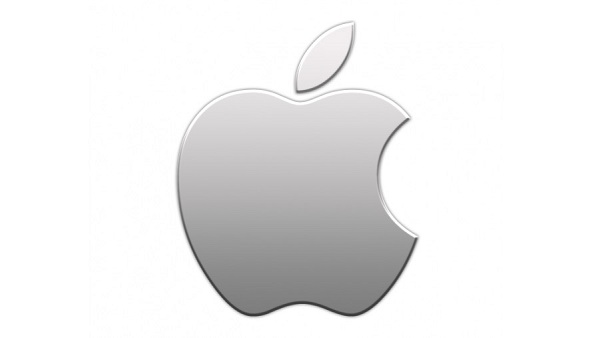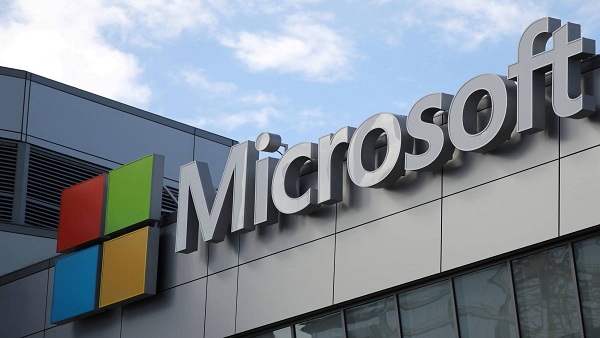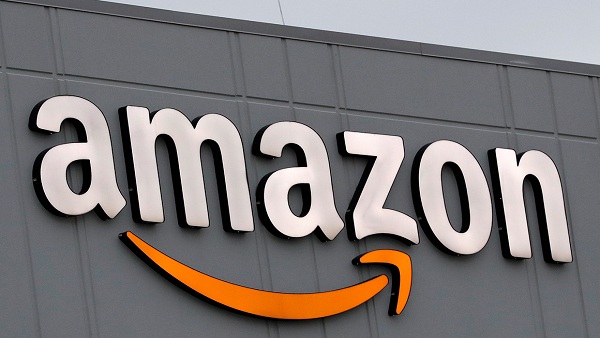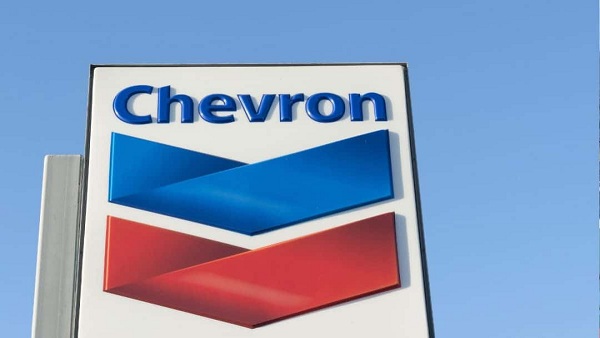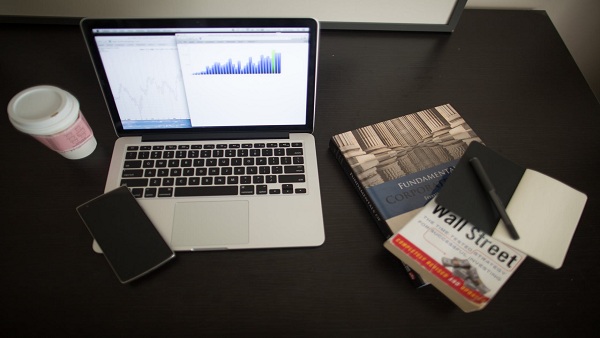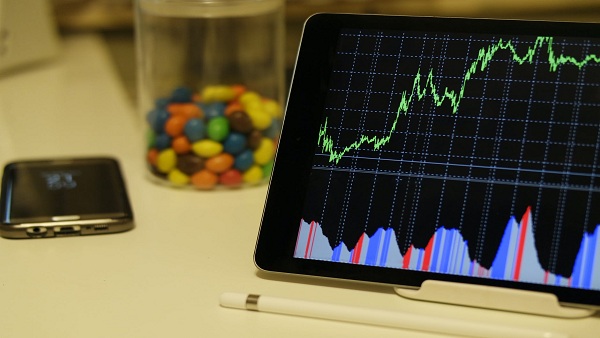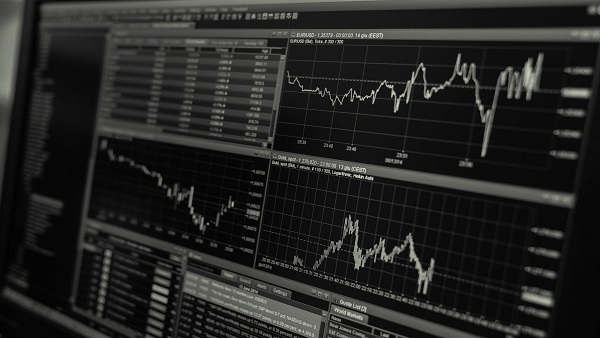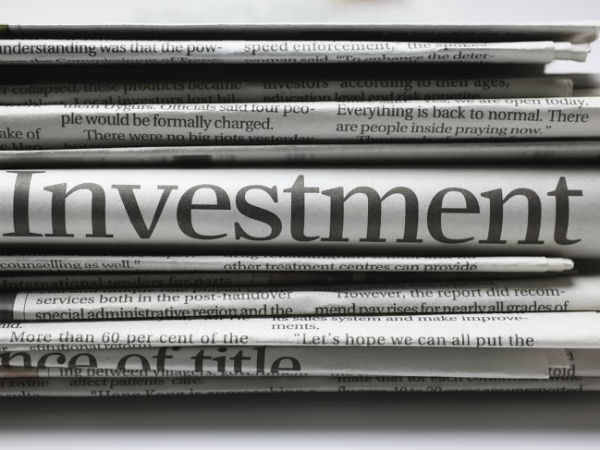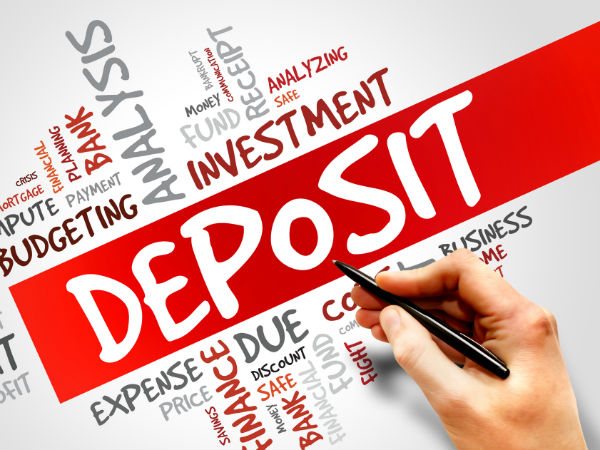What makes a stock a blue-chip?
There is no single characteristic that distinguishes a stock as a blue-chip stock; rather, it is a combination of characteristics that lead experts and investors to regard a firm to be a blue-chip stock. A market cap is a metric used to measure a company’s size and value. Their growth is steady throughout time, and the prognosis is also positive. Dividends, which are a share of a company’s profits owed to investors, are paid by some, but not all, blue-chip stocks. Blue-chip corporations offer investors a consistent return in both good and bad times. Blue-chip companies make up a large part of some of the world’s most prestigious indexes, including the Dow Jones Industrial Average, Nasdaq 100, and S&P 500 in the United States.
Apple
- Market value: $2.42LCr
- Dividend yield: 0.61%
- LTP: 145.11USD
Apple (AAPL) is one of the world’s most well-known consumer electronics and computing corporations. Apple Computer Inc., headquartered in Cupertino, California, was founded in 1977. Analysts, on the other hand, are pounding the Buy button on the blue-chip company as hard as ever, arguing that recent underperformance presents investors with an opportunity to buy a superb stock at a discount. Along with Amazon, Google, Microsoft, and Facebook, it is one of the Big Five American information technology companies.
Microsoft: (NASDAQ: MSFT)
Market value: 2.09LCr
Dividend yield: 0. 0.81%
LTP: 277.94 USD
Microsoft was founded in 1972 by college computer geniuses Bill Gates and Paul Allen, who together turned the company into one of the most powerful enterprises in history. Microsoft may be second only to Apple in terms of market capitalization, but it easily outperforms the iPhone maker when it comes to hedge fund enthusiasm. The software company’s stock had risen 9.93 percent in the previous month. The Computer and Technology sector gained 5.91 percent during that time, while the S&P 500 gained 2.71 percent.
Amazon.com (NASDAQ: AMZN)
Market value: $1.88LCr
Dividend yield: N/A
LTP: 3,719.34 USD
As more people began doing their shopping purely on the internet, the online commerce behemoth has surged from its March 2020 lows. Amazon, like Microsoft, currently has a market capitalization of over $1.5 trillion and is one of the most successful firms in American history. Warren Buffett got in on the action. Berkshire Hathaway has been an Amazon stakeholder since 2019.
Everyone has earned major benefits in the short, medium, and long term. Get this: AMZN’s total return has outpaced the broader market over the last three, five, ten, and fifteen years.
Facebook (NASDAQ: FB)
Market value: $ 99.36TCr
Dividend yield: N/A
LTP: 350.42 USD
Facebook, which was the subject of the smash film The Social Network, has grown to be one of the country’s most valuable blue chip firms, with a market capitalization of over $700 billion. Facebook, unlike other social media platforms, has its fingers in a variety of cookie jars: Instagram, WhatsApp, and Oculus Rift are among the companies it owns. Hedge funds can’t get enough of Facebook’s red-hot profit possibilities, despite the pressure from regulators and would-be trustbusters. The key, as with Alphabet, is the digital ad duopoly between Facebook and Google.
Visa (NYSE: V)
Market value: $50.86TCr
Dividend yield: 0.54%
LTP: 238.47 USD
Visa is one of two major credit card companies operating in the United States, alongside Mastercard. American Express and Discover are the other two. Visa has a market capitalization of $450 billion, which is more than $100 billion higher than Mastercard. Visa has evolved into a comprehensive payments processing corporation with a wide range of products and a global footprint, in addition to being a credit card provider.
Walt Disney (NYSE:DIS)
Market value: $ 32.17TCr
Dividend yield: N/A
LTP: 177.04 USD
Starting with its eponymous creator’s disruptive breakthroughs in the animation industry, Walt Disney has a long and distinguished history. Disney has evolved into a multibillion-dollar media and entertainment conglomerate since the early twentieth century. Coronavirus decimated the company’s most valuable assets, particularly its amusement parks and studios. However, analysts predict that the company will rebound strongly following good quarterly results.
Target (NYSE: TGT)
Market cap:12.30TCr
LTP: 248.58 USD
Dividend Yield: 1.45%
Target Corporation is a general merchandise retailer based in Minneapolis, Minnesota. It has 1,897 retail locations in the United States. Its first store debuted in 1962, and it now has more than 44 distribution hubs.
The retailer’s stock has a market capitalization of $90 billion and earnings per share (EPS) of $7.54. Target pays a $2.72 per share yearly dividend, has good liquidity, and trades over 3.5 million shares each day.
Adobe (NASDAQ: ADBE)
Market Cap: $28.80TCr
Dividend yield: NA
LTP:604.50 USD
Adobe Inc. is one of the world’s largest and most diverse software corporations. The stock of creative solutions has a market capitalization of $228 billion and an EPS of $7.94. In June, Adobe reported earnings that set a new high. Kroger improves its earnings forecast and announces a $1 billion stock buyback program Adobe Creative Cloud, Adobe Document Cloud, and Adobe Experience Cloud are all popular offerings.
Chevron (NYSE: CVX)
Market Cap: 20.07TCr
LTP: 104.07 USD
Dividend Yield: 5.15%
Chevron is a global energy business with operations in exploration, production, and refining. Chevron is the United States’ second-largest oil firm, producing 3.1 million barrels of oil equivalent per day, comprising 7.3 million cubic feet of natural gas per day and 1.9 million barrels of liquids per day. Supports U.S. and overseas subsidiaries engaged in integrated petroleum operations, chemicals operations, mining activities, power generation, and energy services with administrative, financial, management, and technology support.
Johnson & Johnson (NYSE: JNJ)
Market value: 44.70TCr
LTP:169.75 USD
Dividend yield: 2.50%
Baby shampoo, Band-Aids, and Tylenol pain medication are just a few of Johnson & Johnson’s well-known consumer items. J&J, on the other hand, is a true healthcare behemoth, producing a vast range of medical gadgets to aid doctors and other medical personnel in performing life-saving surgeries. Johnson & Johnson is a must-have blue-chip company for any large-cap healthcare portfolio, whether it’s hedge funds, mutual funds, or other significant pools of equity money.
Disclaimer
The views and tips expressed by authors or employees of Greynium Information Technologies, should not be construed as investment advise to buy or sell stocks, gold, currency or other commodities. Investors should certainly not take any trading and investment decision based only on information discussed on GoodReturns.in
